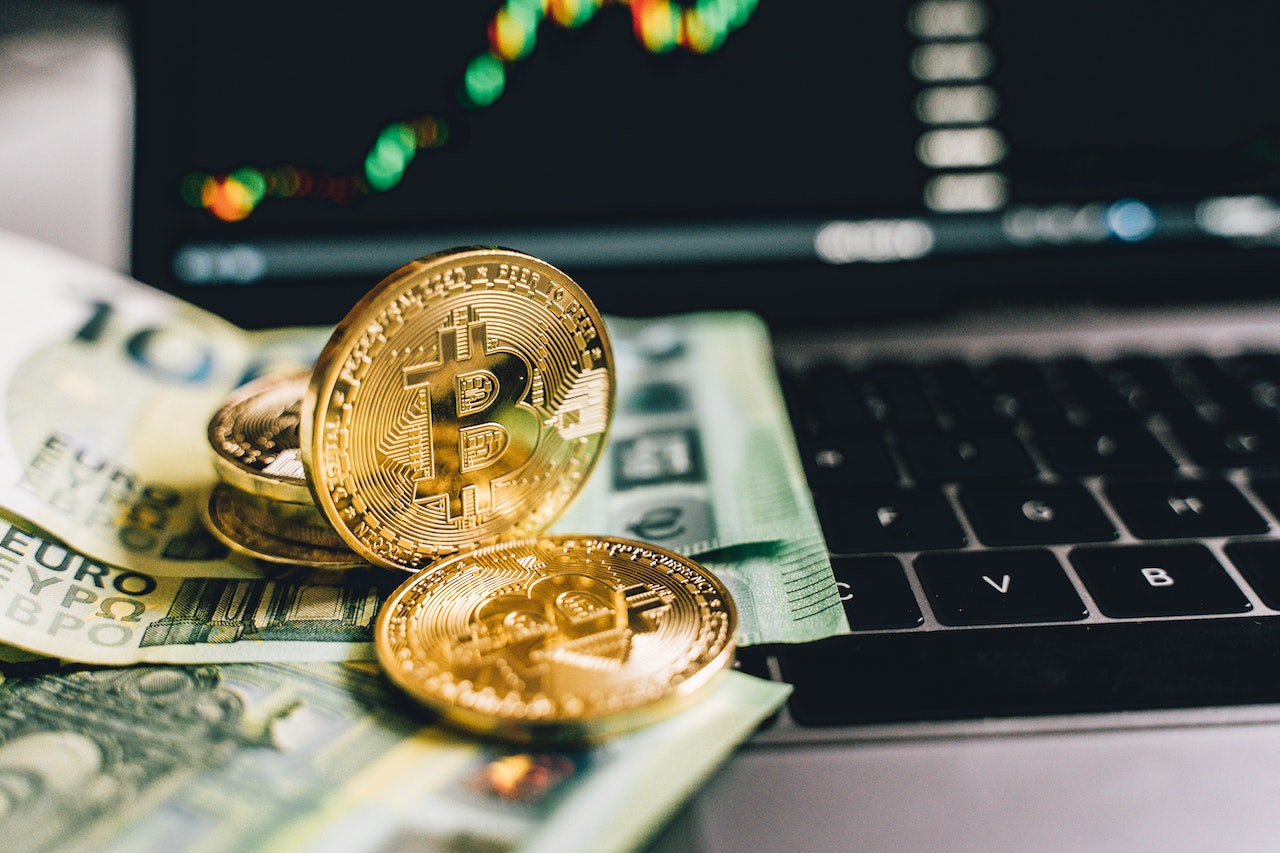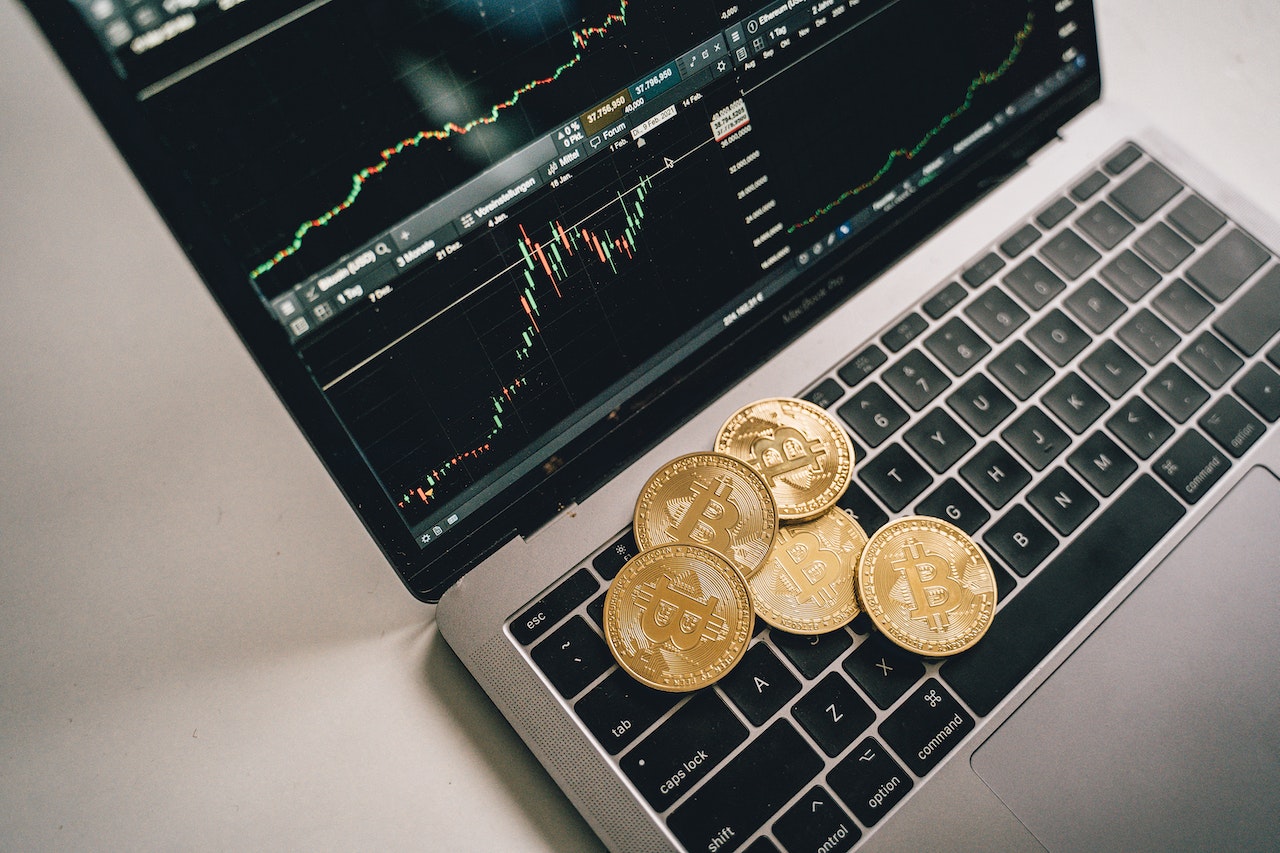People worldwide who trade on their own should use MetaTrader 4 (MT4) and MetaTrader 5 (MT5). It is the best company in the world to make tools for dealing with forex and CFDs. You can trade, do technical analysis, and carry out orders using these programs.
Forex traders have loved MT4 broker platforms since 2005 because they are simple to use, customizable, and have powerful automated trading tools. But MT5, which came out in 2010, lets you trade more than one commodity, has better charts, and works better.
The trading tools traders use affect their knowledge, how well they do their jobs, and how much money they make. Let’s find out which MT4 vs MT5 is right for you!

MT4 (MetaTrader 4) Overview
MetaQuotes Software created MetaTrader 4 (MT4), a well-known trading tool, in 2005. Its powerful features and easy-to-use interface quickly made it popular worldwide. It was first used for trading foreign exchange.
One of MT4’s best features is its design, which is easy to use and can be changed. Traders can easily switch between tools, charts, and indicators, while investors can use the app’s many technical signs and drawing tools to analyze the market.
Algorithmic trade is also significant in MT4. Expert Advisors (EAs), programmable trading robots that follow set methods when making trades, can be used on the site. These are some reasons why back testers and automatic users download MT4.
MT5 (MetaTrader 5) Overview
MetaQuotes introduced MetaTrader 5 or MT5 in 2010, an upgraded version of MetaTrader 4. It offers more asset types, such as stocks, futures, and options, making it perfect for traders who wish to diversify.
Key enhancements in MT5 include:
- Advanced Order Types: This allows for more flexibility on orders such as trailing stops and hedging.
- Improved Charting: A lovelier improvement in relations is better, and more refined analysis tools and gauges are needed for a more penetrating market understanding.
- Algorithmic Trading: Mql5 is a new programming language that is quite helpful in creating and implementing sophisticated trading systems.
- Depth of Market (DOM): This measure provides market depth to help one understand the market’s liquidity level.
- Better Performance: Increased speed of trading and dealing with more than one asset.
MT5 can be helpful for all trading styles and is ideal for traders who prefer a multifunctional platform with numerous tools.
Comparison of Key Features
Trading Instruments:
MT4 is mainly centered on forex trading, with the ability to trade on numerous currency junctions. However, within MT5, traders have a wider choice of trading products, trading not only forex but also stocks, futures, options, and other derivatives. This type of trading in multiple assets makes MT5 a more suitable platform preferred by traders who intend to diversify their investments.
Order Types:
Assuming that most trading platforms available in the market will always come with the basic order types, the reviewed ones are not an exception: they include market, limit, and stop orders. Still, MT5 contains features such as standard ones and opening trailing stops, which are essential for calculating risks. In addition to setting take profit and stop loss levels, MT5 offers more options for customization of the order parameters. For example, pending orders can be given an expiration time automatically.
Charting Tools:
MT4 and MT5 provide great charting features with technical indicators and graphic tools. However, MT5 goes a step further in this aspect in that it offers other analysis tools, like correlation factors, to determine the relation between different markets. MT5 also has more customization settings concerning chart format and appearance.
Algorithmic Trading:
Algorithmic trading is also employed on the two platforms using the expert advisors: automated trading applications on Metaquote language, Metaquote 4 and Metaquote 5. Regarding functionality, MT5 offers the same tools and capabilities as MT4 but is better suited for EA development as it comes with better debugging capabilities and support for more complex programming.
User Interface and Customization:
The layout of MT4 and MT5 is somewhat the same, but there are slight differences regarding the design of the user interface to help traders. However, MT5 allows users to customize the interface much more than MT4, as users can adjust the appearance and features of the platform according to their needs. It includes sending alerts, custom indicators, scripting, and EA methods.
Speed and Performance:
MT5 is designed using comparatively new code and is generally characterized by higher speed and greater flexibility than MT4, mainly when working with large amounts of information and complex calculations. Besides, the operation of MT5 is distinguished by enhanced speed and accuracy of order execution, which can be essential for traders who deal with wide variations.
Who Should Choose MT4?
If you are a forex trader who wants to avoid complications with great detail and more features, then MT4 is ideal. That makes it suitable for new investors and those who do not require complex functions or leverage on multiple assets. You will find no reason to opt for a different platform if you feel familiar with MT4 since it has solid community support and compatibility with brokers. For traders who use many custom tools and indicators on MT4, it is convenient to continue using this platform.

Who Should Choose MT5?
MT5 is suitable for traders who need a more complex platform and want to trade multiple assets simultaneously. It’s excellent for all those who handle other markets apart from forex, such as stocks and commodities. In this case, you had better turn to MT5, as it is more advanced, offers improved charts, and provides much quicker results. For professional traders seeking to master analytics and simultaneous trading across various financial instruments, MT5 shall be favored.
Pros and Cons of Both Platforms
| MT4 Pros: User-friendly, great for beginnersWidely adopted with strong community supportHighly customizable with EAs and indicatorsStable, reliable platform | MT4 Cons: Limited to forex and CFDs, no multi-asset tradingFewer advanced tools and order typesOlder codebase with some limitations |
| MT5 Pros: Supports multi-asset trading (forex, stocks, futures)Advanced tools, order types, and better chartingFaster performance and modern updates | MT5 Cons: Steeper learning curve for MT4 usersFewer brokers and smaller communityPotential compatibility issues with older tools |
Conclusion
The suitability of MT4 or MT5 depends on the trader’s objective, trading experience, and the products they intend to trade. Hence, the most important recommendation is to consider your requirements and preferences to compare which of these two platforms more appropriately meets your trading plan.
We strongly advise you to try both platforms with demo accounts to make the right decision. This will allow you to navigate through the various platforms, getting a feel for the graphical interfaces and interfaces of the different platforms and the flow, usability, and feel of each trading platform according to your trading style.
Keep in mind that the choice of the trading platform is highly individualistic, and there are trade-offs between the various options available on the market. Learning about the specifics of MT4 and MT5 enables you to decide on the platform to help you trade actively and comfortably in the markets.



















